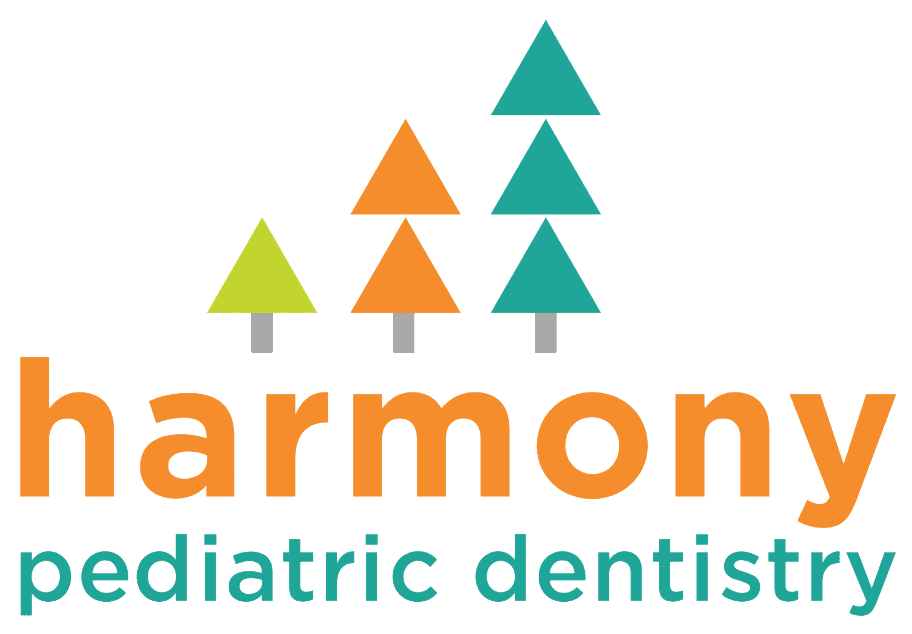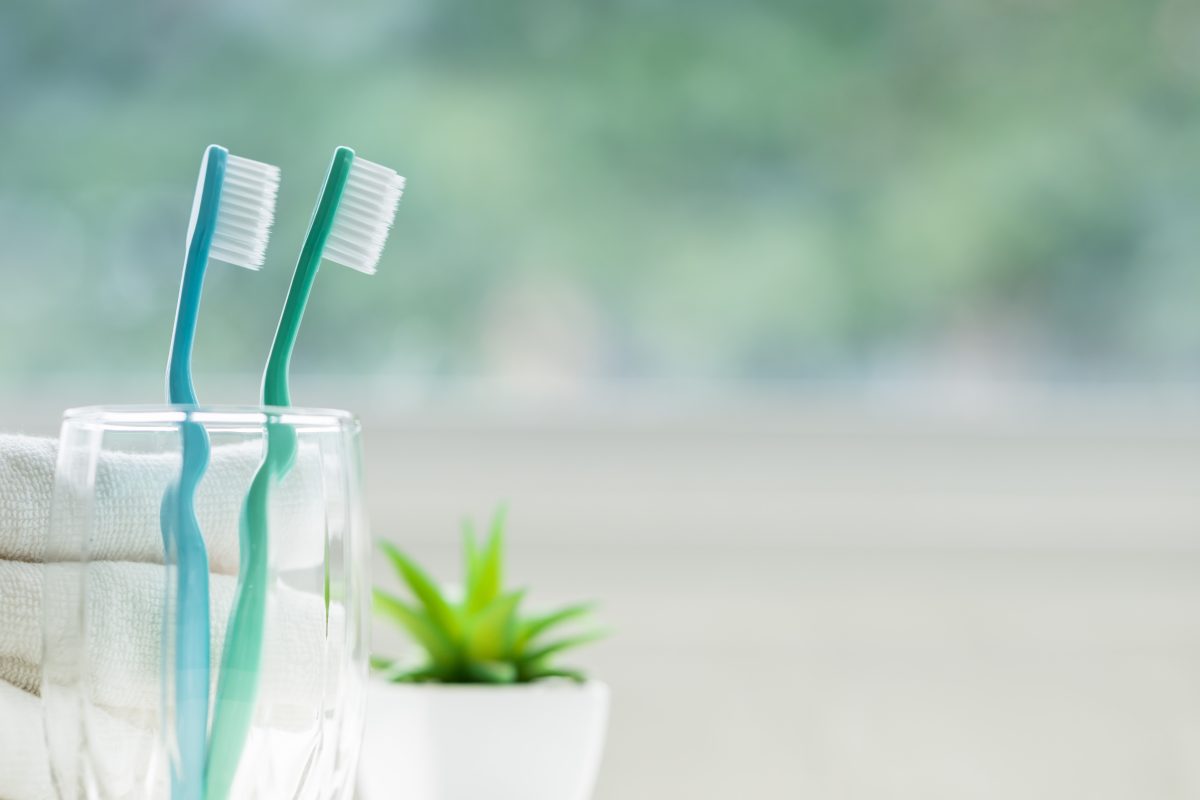The toothbrush as we know it today has a long history spanning thousands of years and many different designs. The first known toothbrushes were made from sticks or twigs that had frayed ends. Later on, toothbrushes were made from bone, wood, or ivory, and hair from various animals. Toothbrushes have made significant advancements since then, and modern toothbrushes that we use today are very effective at removing plaque and food from your child’s mouth. Toothbrushes also help keep your child’s teeth and gums clean to prevent tooth decay.
Why Brush Your Teeth?
Brushing your child’s teeth helps remove food and plaque, which is bacteria that eats away at your teeth, and can eventually build up and become tartar (a hardened form of plaque). Without frequent brushing, plaque and tartar can build up and produce acid that can erode your child’s tooth enamel and irritate their gums. Frequent brushing can help prevent cavities and gum disease, so be sure they brush daily! The ADA recommends brushing twice a day at a minimum (usually in the morning and before bed), as well as after eating.
Types of Toothbrushes
There are two types of toothbrushes: manual and electric/powered. Both types of toothbrushes are effective at keeping your child’s teeth clean, but electric/powered toothbrushes can be fun for children and easy to use for people who have trouble using manual toothbrushes. Dentists recommend that your child use whichever type of toothbrush makes brushing easiest for them.
Bristles on toothbrushes come in a variety of firmness, from soft to hard. Most dentists recommend using a soft-bristled toothbrush because hard bristles can actually cause damage to your child’s enamel, irritate their gums, and contribute to tooth sensitivity.
No matter which type of toothbrush they use, they should brush their teeth twice a day for at least two minutes with fluoride toothpaste. It is also recommended that you replace your child’s toothbrush every 3-4 months, or whenever the bristles seem frayed. Some toothbrushes even have indicators on the bristles that will lose or change color when the toothbrush needs to be replaced. It is also recommended that you replace your child’s toothbrush after experiencing illness.
For recommendations on how to choose a toothbrush that is best for your child’s individual needs, consult with their dentist or dental hygienist. Remember, brushing at home is not enough to ensure proper dental health. Be sure to visit a pediatric dental office like Harmony Pediatric Dentistry located in Gresham, Oregon, and Sandy, Oregon at least twice a year for a professional cleaning, which will help clean the areas that brushing can’t reach. We offer a full range of pediatric dental services that will provide your child with the best possible oral health.

